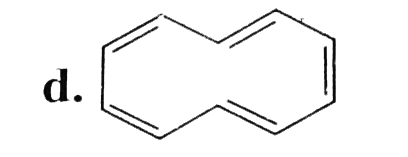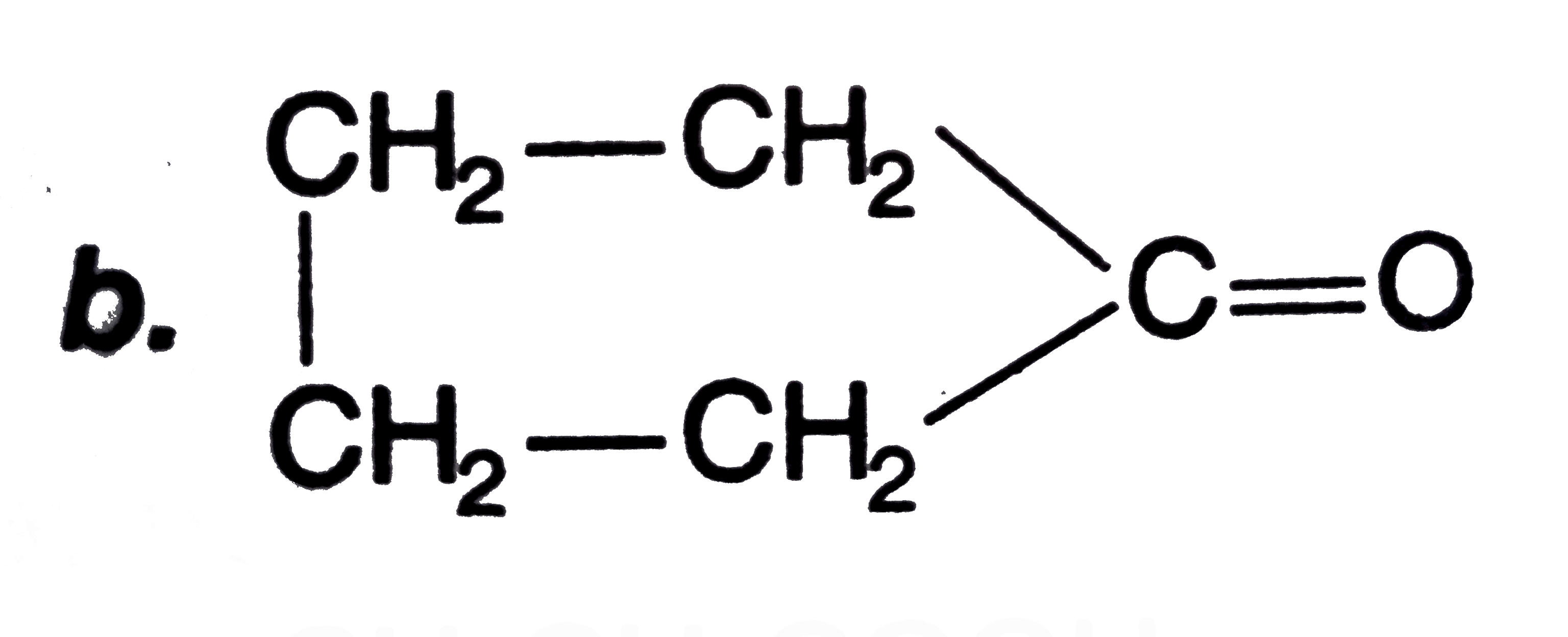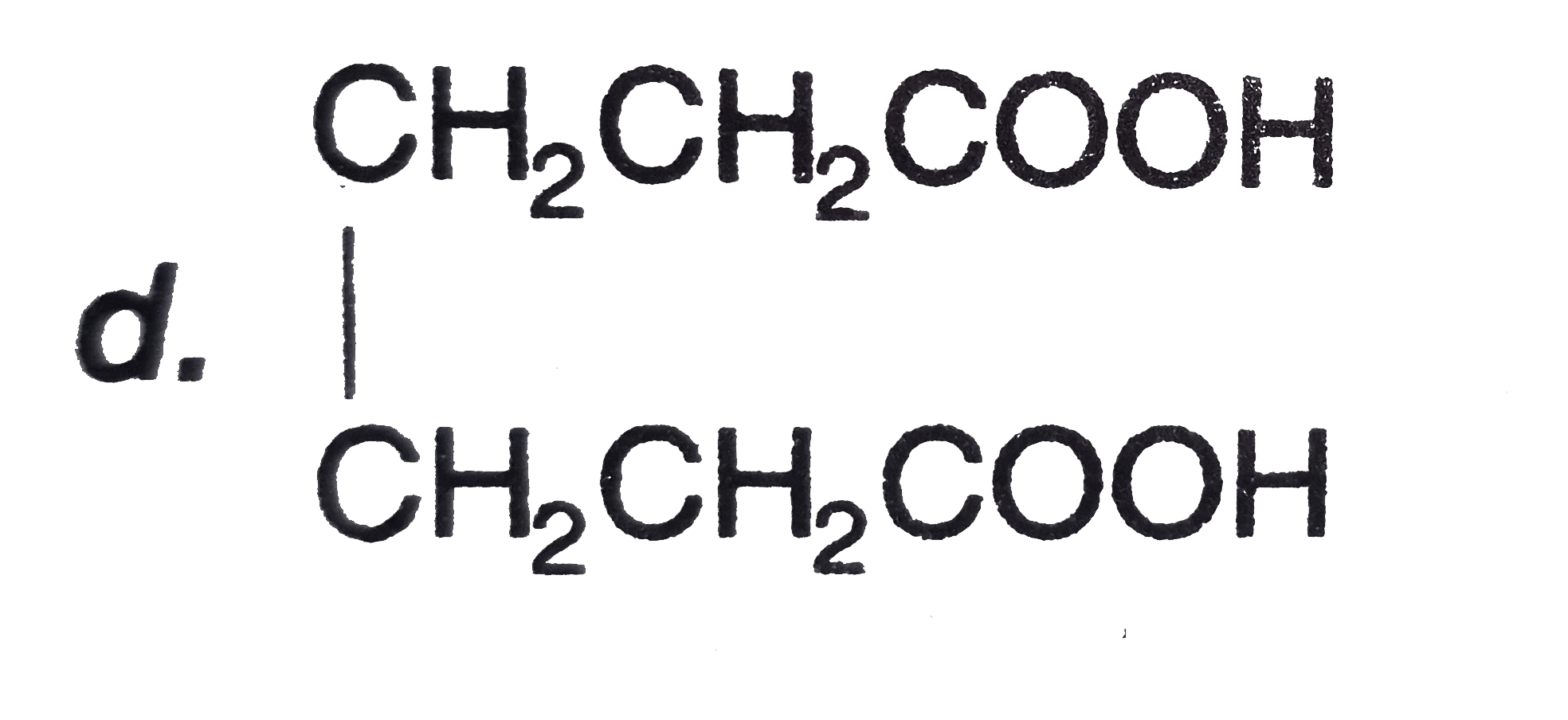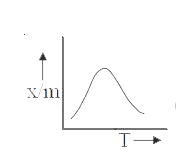Explore topic-wise InterviewSolutions in .
This section includes InterviewSolutions, each offering curated multiple-choice questions to sharpen your knowledge and support exam preparation. Choose a topic below to get started.
| 19601. |
What is the crystal field stabalisation energy value of d^(5) configuration for tetrahedral complex ? |
|
Answer» 0.4 |
|
| 19602. |
Which one of the following is correct? |
|
Answer» `MnO_(2)O_(7)` is a COVALENT green oil |
|
| 19603. |
Which of the following can undergo neither aldol condensation nor iodoform reaction? |
|
Answer» `CH_3 -CHO ` |
|
| 19604. |
Which of the following statements about low density polythene is false ? |
|
Answer» Its SYNTHESIS requires high pressure |
|
| 19605. |
Which of the following disaccharide gives a ketose and an aldose only on hydrolysis ? |
|
Answer» SUCROSE |
|
| 19606. |
What is wrong about the compound K[Pt (eta^(2)-C_(2)H_(4))Cl_(3)] |
|
Answer» It is called zeise.s salt |
|
| 19607. |
Write the compound (A) and (B) formed in this overset(NaNH_(2))rarr(A)overset(NaOCH_(3))rarr(B) (major) |
|
Answer» |
|
| 19608. |
What are the products formed when Isobutylene is subjected to ozonolysis? |
|
Answer» `HCHO + CH_3CHO` |
|
| 19609. |
There are four alcohols,P,Q,R and S which have 3,2,1 zero alpha hydrogen atom (s). Which one of the followingwill not respond to Victor-Meyer's test: |
|
Answer» P |
|
| 19610. |
Which of the following is anti-aromatic in nature? |
|
Answer»
`(B) implies` Antiaromatic (`4pi OVERLINE(E)'s` conjugation) 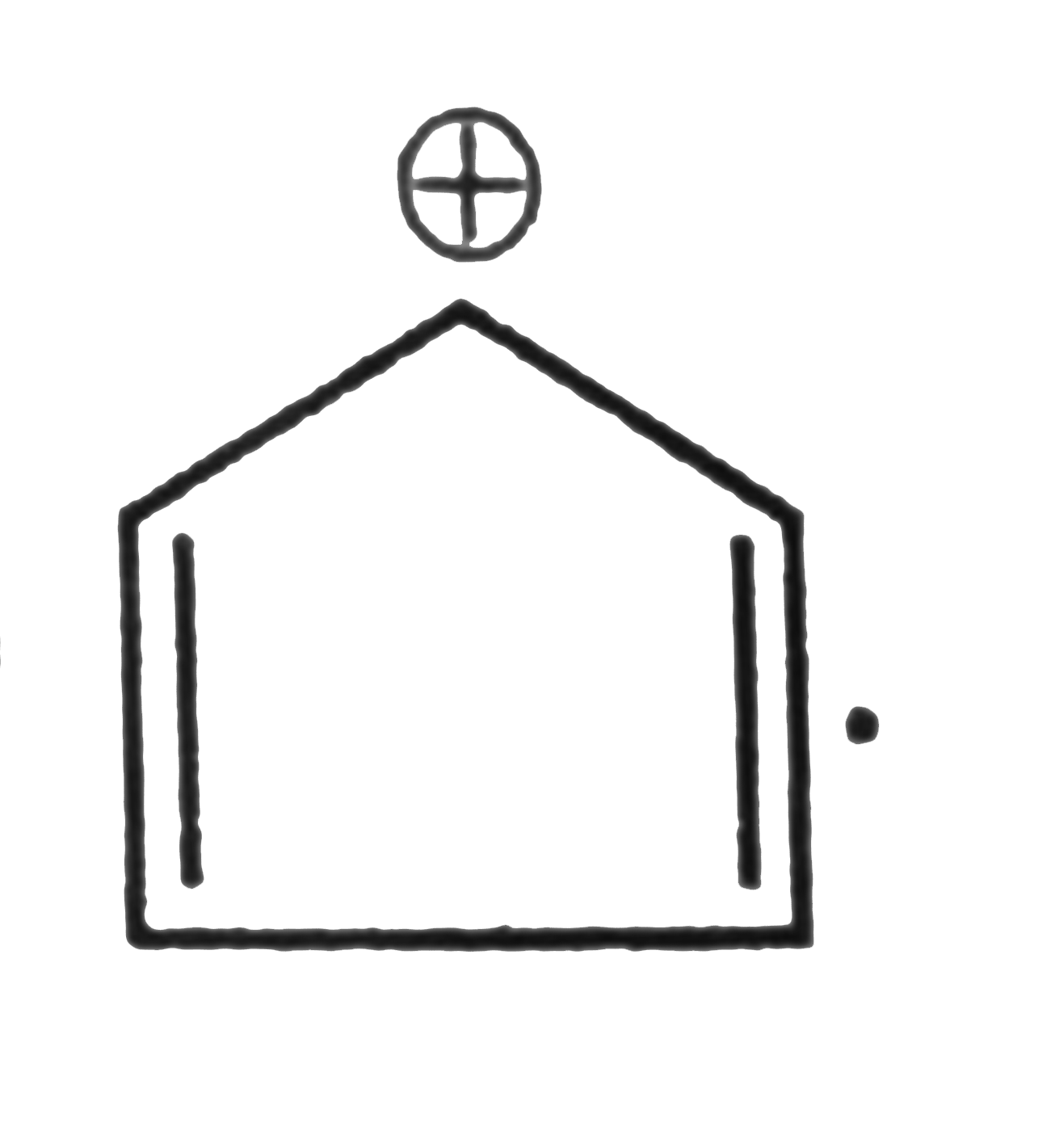 `(c) implies` Non-aromatic (`4pi overline(e)'s` not in resonance). `(d) implies[10]`. Annulene, non-aromatic. SO (b) is anti-aromatic. |
|
| 19611. |
Which of the following molecules have permanent dipole moment ? |
|
Answer» `H_(2)O` |
|
| 19612. |
What volume of HCl gas formed when 10 litre of H_2 gas is allowed to completely react with 10 litre of H_2gas and 10 litre ofCl_2 gas at the same temperature and pressure. |
|
Answer» |
|
| 19613. |
Which undergoes hydrolysis in hot water ? |
|
Answer» NaCl |
|
| 19614. |
Which of the following statement is incorrect :- |
|
Answer» Boiling point of alkylhalide is `R-IgtR-BrgtR-ClgtR-F` |
|
| 19615. |
When a lead storage battery is discharged: |
|
Answer» `SO_2` is evolved |
|
| 19616. |
Which one of the following product is formed when calcium salt of adipic acid is heated ? |
|
Answer»
 So, COMPOUND (A) is benzyol CHLORIDE. |
|
| 19617. |
xKClO_(3) rarr yKCl + zKClO_(4). What are x and z ? |
|
Answer» |
|
| 19618. |
The standard electrode potential for Daniell cell is 1.1V. Calculate the standard Gibbs energy for the reaction Zn_((s))+Cu_((aq))^(2+) to Zn_((aq))^(2+)+Cu_((s)) |
|
Answer» Solution :REACTION: `Zn_((s))+Cu_((aq))^(2+) to Zn_((aq))^(2+)+Cu_((s))` Where, `n=2,E_(cell)^(Theta)=1.1V,F=96487" C "mol^(-1)` `Delta_(r)G^(Theta)=-nFE_(cell)^(Theta)` `=-(2)(96487" C "mol^(-1))(1.1V)` `=-212271.4" C "V" "mol^(-1)` `=-212271.4J" " mol^(-1)` `=-212.271" K "J" "mol^(-1)` |
|
| 19619. |
Which of the following is the artificial element in the periodic table ? |
|
Answer» TC |
|
| 19620. |
Which of the following rubber is not a polydiene: |
|
Answer» POLYISOPRENE |
|
| 19621. |
What is the diameter of molecular particles of homogeneous mixture ? |
|
Answer» `10^(-9)m` |
|
| 19622. |
Write the skeleton equation for each of the following processes and balance them by ion electron method : (i) Permagnate ion oxidizes oxalate ions in acidic medium to carbon dioxide and gets reduced itself to Mn^(2+) ion . (ii) Bromine and hydrogen peroxide react to give bromate ions and water . (iii) Chlorine reacts with base to give chlorate ion, chloride ion and water. |
|
Answer» Solution :(i) The skeleton equation for theprocess : `MnO_(4)^(-) + C_(2)O_(4)^(2-) + H^(+) to Mn^(2+)+ CO_(2) + H_(2)O ` Step (1) : Indicating oxidation number : `overset(+7)Mnoverset(-2)(O_(4)^(-)) + overset(+3)C_(2) O_(4)^(2-) to Mn^(2+) + overset(+4)Coverset(-2)O_(2) + overset(+1)H_(2) overset(-2)O` Step (2) : Writing oxidation and reduction half reaction : `overset(+3)C_(2)O_(4)^(2-) to 2overset(+4)C O_(2)`(Oxidation half ) `overset(+7)MnO_(4)^(-) to Mn^(2+) ` (Re duction half ) Step (3) : Adding electrong to make the DIFFERENCE in O.N. `overset(+3)C_(2) O_(4)^(2-) to 2overset(+4)CO_(2) + 2e^(-)` `overset(+7)MnO_(4)^(-) + 5e^(-) to Mn^(2+)` Step (4) : Balancing .O. atom by adding `H_(2)O` molecules `C_(2)O_(4)^(2-) to 2CO_(2) + 2e^(-)` `MnO_(4)^(-) + 5e^(-) to Mn^(2+) + 4H_(2)O ` Step (5) : Balancing H atom by adding `H^(+)` ions `C_(2)O_(4)^(2-) to 2CO_(2) + 2e^(-)` ` MnO_(4)^(-) + 5e^(-) + 8H^(+) to Mn^(2+) + 4H_(2)O` Step (6) Multiply the oxidation half reaction by 2 and reduction half reaction by 5 to equalize the electrons lost and gained and add the two half reactions `[ C_(2)O_(4)^(2-) to 2CO_(2) + 2e^(-) ] xx 5` `([MnO_(4)^(-) + 5e^(-) + 8H^(+) to Mn^(2+) + 4H_(2)O] xx 2)/(2MnO_(4)^(-) + 5C_(2)O_(4)^(2-) + 16H^(+) to 10CO_(2)+ 2Mn^(2+) + 8H_(2)O)` (ii) The skeleton equation for the given process is `Br_(2) + H_(2)O_(2) to BrO_(3)^(-) + H_(2)O`(in acidic medium ) Step (1) : Indicate TEH oxidation number of each atom `overset(0)Br_(2) + overset(+1)H_(2)overset(-2)O_(2) to overset(+5)Broverset(-2)(O_(3)) + overset(+1) H_(2)overset(-2)O` Thus, Br and O changes their oxidation numbers. Step (2) :Write the oxidation and reduction half reactions `overset(0) Br_(2) to 2 (overset(+5)BrO_(3)^(-))`(Oxidation half ) `H_(2) overset(-1)O_(2) to 2H_(2) overset(-2)O `(Reduction half ) Step (3) : Addition of electrons to make up for the difference in O.N. `overset(0)Br_(2) to 2 (overset(+5)BrO_(3)^(-)) + 10e^(-)` `H_(2)O_(2)^(-1) + 2e^(-) to 2H_(2)O^(-2)` Step (4) : Balance .O. ATOMS by addding `H_(2)O` molecules `Br_(2) + 6H_(2)O to 2BrO_(3)^(-) + 10e^(-)` `H_(2)O_(2) + 2e^(-) to 2H_(2)O` Step (6) : Equalize the electrons by multiplying THEREDUCTION half with 5 and add the two half reactions `Br_(2) + 6H_(2)O to 2BrO_(3)^(-) + 10e^(-) + 12H^(+)` `([H_(2)O_(2) + 2e^(-) + 2H^(+) to 2H_(2)O] xx 5)/(Br_(2) + 5H_(2)O_(2) to 2BrO_(3)^(-) + 4H_(2)O + 2H^(+))` (iii) The skeleton equation for the given process : `Cl_(2) + OH^(-) to Cl^(-) + ClO_(3)^(-) + H_(2)O ` Step (1) : Indicate teh oxidation number of each atom `overset(0)Cl_(2)+overset(-2)OH^(-) to Cl^(-) + overset(+5)ClO_(3)^(-) + overset(+1)H_(2) overset(2-)O` Thus, chlorine is the only element which undergoes the change in oxidation number. It decreases its oxidation number from 0 to `-1` and also increases its oxidation number from 0 to 5 Step (2) : Write the oxidation and reduction half reactions `Coverset(0)l_(2) to 2overset(+5)ClO_(3)^(-)`(Oxidation half) `Coverset(0)l_(2) to 2Cl^(-)` (Reduction half) Step (3) : Add electrons to make up for the difference in O.N . `overset(0)Cl_(2) to 2overset(+5)ClO_(3)^(-) + 10 e^(-)` `overset(0)Cl_(2) + 2e^(-) to 2Cl^(-)` Step (4) : Balance O atoms by adding `H_(2)O` molecules `Cl_(2) + 6H_(2)O to 2(ClO_(3))^(-) + 10 e^(-)` `Cl_(2) + 2e to Cl` Step (5) : Since medium is basic , balance H atoms by adding `H_(2)O` molecules to the side falling short of H atoms and equal number of `OH^(-)` ions to the other side . `Cl_(2) + 6H_(2)O + 12OH^(-) to 2ClO_(3)^(-) + 10e^(-) + 12H_(2)O` ` Cl_(2) + 2e^(-) to 2Cl^(-)` Step (6) : Multiply the reduction halfreaction by 5 and add two half reactions `Cl_(2) + 5H_(2) O + 2OH^(-) to 2ClO_(3)^(-) + 10e^(-) + 12H_(2)O` `oversetul([Cl_(2) + 2e^(-) to 2Cl^(-)] xx 5)(Cl_(2) + 5Cl_(2) + 12OH^(-) to)2 ClO_(3)^(-) + 10Cl^(-) + 6H_(2)O` or, `6Cl_(2) + 12OH^(-) to 2ClO_(3)^(-) + 10Cl^(-) + 6H_(2)O` or, `3Cl_(2) + 6OH^(-) to ClO_(3)^(-) + 5Cl^(-) + 3H_(2)O` |
|
| 19623. |
Which of the following sets of axial angles and axial lengths represent maximum number in Bravais lattices? |
|
Answer» `ALPHA = BETA = gamma = 90° and a = b ne c` |
|
| 19625. |
The threshold energy of a chemical reaction depends upon: |
|
Answer» NATURE of reacting species |
|
| 19626. |
The Van der Waals forces are the greatest in: |
|
Answer» Neon |
|
| 19627. |
We can say that the energy of a photon of frequency v is given by E = hv, where h is planck's constant. The momentum of a photon is p = h//lambda, where lambda is the wavelenght of photon, then we may conclude that velocity of light is equal to |
|
Answer» `(E//p)^(2)` |
|
| 19628. |
Which of the following complexes is a chelate ? |
|
Answer» bis (dimethylglyoximato) nickel (II) |
|
| 19630. |
Which one of the following pairs of isomers ad ytpes of isomerism are correctly mathced? (i) [Co(NH_(3))_(5)(NO_(2))]Cl_(2) and [Co(NH_(3))_(5)(ONO)]Cl_(2). . . (Linkage) (ii) [Cu(NH_(3))_(4)][PtCl_(4)] and [Pt(NH_(3))_(4)][CuCl_(4)] . .. (coordination) (iii) [PtCl_(2)(NH_(3))_(4)]Br_(2) and [PtBr_(2)(NH_(3))_(4)]Cl_(2) . .(Ionization) Select the correct answer using the codes given below: |
|
Answer» (II) and (III) |
|
| 19631. |
Which of the following is correct statement ? (a) AlCl_(3) is conducting in fused state (b) Mobility of Li^(+) ion in water is greater than Cs^(+) ion (c ) MCl_(2) is more volatile than MCl_(4) (d) BeSO_(4) is more soluble in water than BaSO_(4) |
|
Answer» a, b conducting only in aq. state. (b) `Li^(+)(aq) GT Cs^(+)(aq)` - size `Li^(+) (aq) ltCs^(+) (aq)` - mobility `:.` mobility `PROP (1)/("size")` (c ) COVALENT CHARACTER `(uarr) =` volatile properties `(uarr)` `overset(+2)MCl_(2) lt overset(+4)MCl_(4)to`covalent character because size of M in `MCl_(4)` lesser than `MCl_(2)` (d) `BeSO_(4) gt BaSO_(4)` - solubility |
|
| 19632. |
The standard electrode potential of Cu,Cu^(2+) is -0.34 volt. At what concentration of Cu^(2+) ions will this electrode potential be zero? |
|
Answer» Solution :For the electrode reaction (reduction) `Cu^(2+)+2e LEFTRIGHTARROW Cu, E^@=+0.34 vol t` `E_(cu)^(2+)= E_(cu_(2+))^(@), Cu- 0.0591/2 LOG""1/([Cu^(2+)])` `E^@ + 0.0591/2 log [Cu^(2+)]` `therefore 0=0.34+0.0591/2 log [Cu^(2+)]` or `log[Cu^(2+)]=-11.5059=overline12.4941` Taking ANTILOG `[Cu^(2+)]=3.12 times 10^(-12) M` |
|
| 19633. |
The vitamin that helps to clotting of blood is |
|
Answer» C |
|
| 19634. |
What is the reason for the formation of tribromo phenol when phenol is treated with aqueous bromine? |
|
Answer» Solution :In aqueous solution, phenol EXISTS as phenoxide ion. It highly activates the ring and is responsible for the accumulation of negative charge at orthoand para POSITIONS. Three BROMINE ATOMS are introduced at 2,4 and 6-positions of the ring. 
|
|
| 19635. |
Write the structure of monomers used for getting the following polymers: Nylon 6, 6 |
| Answer» SOLUTION :`HOOC(CH_(2))_(4)COOH, H_(2)N(CH_(2))_(6)NH_(2)` | |
| 19636. |
Which one of the following anions is not easily removed from aqueous solutions by precipitation |
|
Answer» `Cl^(-)` |
|
| 19637. |
What is step growth polymerisation ? Explain with an example. |
|
Answer» Solution :STEP GROWTH polymerisation involves condensation between monomers having MULTIFUNCTIONAL groups. It is also known as condensation polymerisation. E.g., `nHOOC - (CH_2)_4 - COOH + nH_2N - (CN_2)_6NH_2` `to(-overset(O)overset(||)C-underset("Nylon 6,6")(-(CH_2)_4overset(O)overset(||)C-overset(H)overset(|)N)-(CH_2)_6overset(H)overset(|)N-)_n + (2n-1)H_2O` |
|
| 19638. |
Which of the following is used for metal cleaning and finshing |
|
Answer» `CHCl_2` |
|
| 19639. |
What is the hybridisation of iodine in IF_(7)? Give its structure. |
|
Answer» SOLUTION :Hybridisation of iodine in `IF_(7)` is `SP^(3)d^(3)`. STRUCTURE of `IF_(7)` is pentagonal bipyramidal. 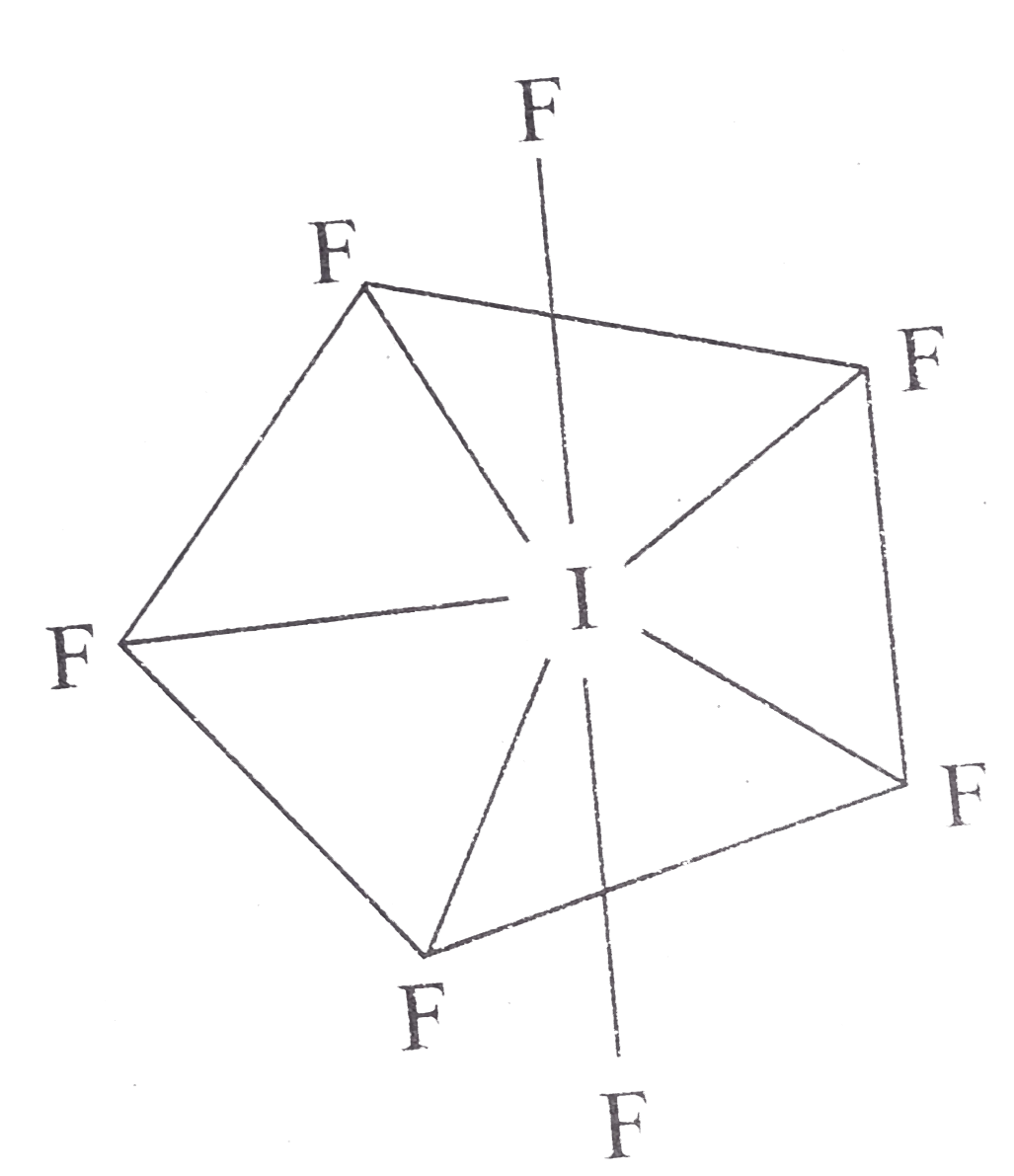
|
|
| 19640. |
Whichof the followingcannotbeacetylated ? |
|
Answer» `CH_(3)NH_(2)` |
|
| 19641. |
Which solute can from saturated solutions in water ? |
| Answer» Answer :D | |
| 19642. |
Write the chemical name, source and deficientdiseaseof the following(i) Vitamin A (ii) Vitamin B_(1)(iii) Vitamin B_(2) (iv) Vitamin B_(3) (v) Vitamin B_(5). |
Answer» SOLUTION :
|
|
| 19643. |
Which of the following displaces Br_(2) brom an aqeuous solution containing bromide ions |
|
Answer» `Cl_(2)` |
|
| 19644. |
When cyclohexane is poured on water, if floats , because |
|
Answer» Cyclohexane is in BOAT FORM |
|
| 19645. |
Which reagent is used for bromination of methyl phenyl ether ? |
|
Answer» <P>`Br_2//"RED P"` |
|
| 19647. |
The total number of protons, electrons and neutrons in 12 g of overset12(6)C IS : |
|
Answer» `1.084 XX 10^25` |
|
| 19648. |
Which of the following equation reprsents smelting process |
|
Answer» `ZnCO_(3) overset(DELTA) to ZnO+CO_(2)` |
|
| 19650. |
Which of the following will not affect the value or equilibrium constant or a reaction ? |
|
Answer» CHANGE in the CONCENTRATION of the REACTION |
|



